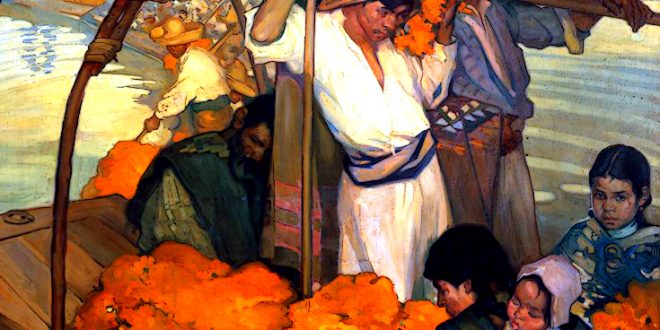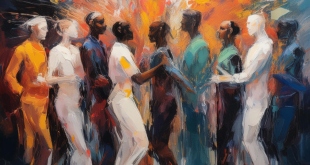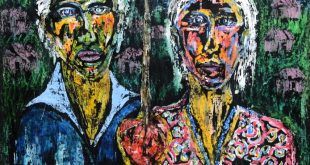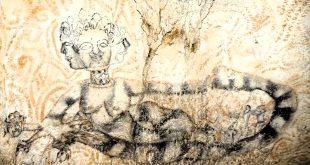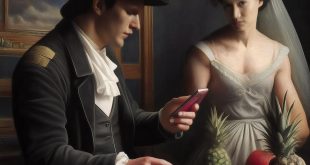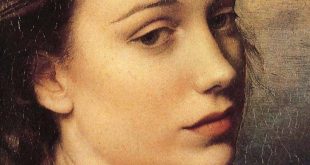 SATURNINO HERRAN 1/3 – His work was part of a movement called “syntheticism”, of which he was the best representative. Though he died at 31 years old, his legacy is solid. The only child of a Mexican father and a French Swiss mother, he was born in Aguascalientes on a July day, in 1887. He showed early talent and at the age of 10, was given private drawing lessons in his native city. He managed to get a job in a telegraph office during the day, but studied art at night under Julio Ruelas at the San Carlos Academy.
SATURNINO HERRAN 1/3 – His work was part of a movement called “syntheticism”, of which he was the best representative. Though he died at 31 years old, his legacy is solid. The only child of a Mexican father and a French Swiss mother, he was born in Aguascalientes on a July day, in 1887. He showed early talent and at the age of 10, was given private drawing lessons in his native city. He managed to get a job in a telegraph office during the day, but studied art at night under Julio Ruelas at the San Carlos Academy.
SATURNINO HERRAN 2/3 – Embracing the contemporary European influences, he immersed himself in the artwork of his own culture: the indigenous people. He was among the first artists commissioned to do mural paintings, and in 1911 he completed his first large-scale mural in the School of Arts and Crafts. In 1912, at 25 years old, he met his future wife. In 1914 they were married and had a son, José Francisco. He was the first Mexican artist to envision the concept of a totally Mexican art. Although he had a number of critics in his time, his work has stood the test of time. In 1915 starts the “criollo” series, which feels the mestiza beauty.
SATURNINO HERRAN 3/3 – The masterpiece of Herran would have been the triptych Our gods, would constitute a frieze at the National Theatre (now the Palace of Fine Arts), and then in construction. For several years he devoted himself to perfecting it, until in October 1918, when his health worsened. Today it is well-accepted that he was an extraordinary draughtsman and painter, who was the first to bridge the gap between Mexico’s cultures. Even at the time of his death, Herran’s contribution to Mexican art was understood by his fellow countrymen. His work, inspired by the pre-Columbian Mexico and life and folk customs, helped renew the painting of his country.
You can see more on Meeting Benches, looking for http://meetingbenches.com/2016/08/saturnino-herran18871918-mexican-painter-the-early-extinguished-brightness/
 Meeting Benches World art in all forms
Meeting Benches World art in all forms
